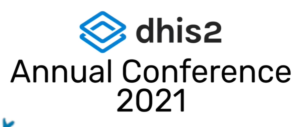Malawi EMPOWER’s use of demand-creation strategies for sexual and reproductive health services for adolescent girls and young women during COVID-19 in Zomba and Machinga Districts
Adolescent girls and young women (AGYW) in Malawi bear a disproportionate burden of HIV compared to male peers; HIV prevalence is 2.3 times higher among young women ages 15–24 compared to young men the same age, according to the 2018 Malawi Population-Based HIV Impact Assessment. High access to and utilization of sexual and reproductive health (SRH) services among AGYW ages 10–24 requires increased use of demand-creation strategies in communities. This abstract highlights the USAID-funded Malawi EMPOWER Activity’s use of digital platforms in demand-creation strategies to increase SRH service uptake among AGYW in Zomba and Machinga Districts during the COVID-19 pandemic.



